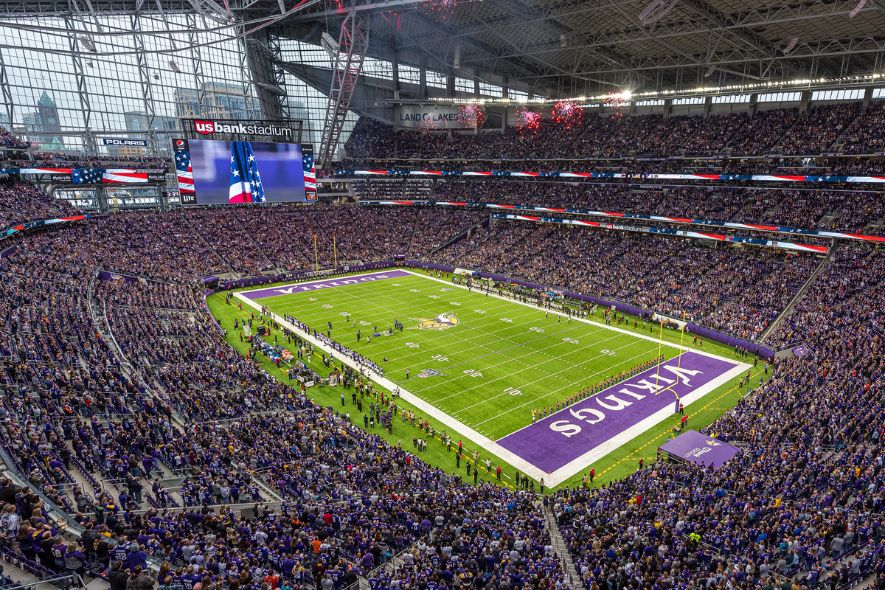Data security is a critical concern in today’s digital landscape. Role-Based Access Control (RBAC) is a security approach that regulates system access based on roles within an organization. It assigns permissions to individuals based on their roles and responsibilities, rather than their identity. Many data platforms offer RBAC, but Snowflake RBAC is one of my favorites. That’s why I decided to share these Snowflake RBAC best practices to help you reduce risk.
Why Snowflake RBAC?
Snowflake differentiates itself from competitors in this category by making RBAC incredibly easy to manage either through code or through the UI. Plus, it offers the ability to easily visualize what roles exist and what access those roles have within the UI.
In this article, we’ll take a look at:
- Why RBAC is important
- How Snowflake RBAC works
- Advantages of Snowflake RBAC
- A real-world client example
- Snowflake RBAC best practices to help maximize the benefits
Why is RBAC important?
RBAC is crucial in today’s digital landscape because it ensures least privilege, which reduces the risk of unauthorized access, data breaches, and insider threats. Without RBAC, a data warehouse might become disorderly and unregulated, leading to potential risks and vulnerabilities. Imagine unrestricted access to sensitive financial data by non-financial staff, leading to potential leaks, tampering, or misuse of critical information.
Lack of RBAC might also result in employees accessing data they shouldn’t, compromising data integrity, violating compliance regulations, and ultimately tarnishing an organization’s reputation.
How Snowflake RBAC Works
RBAC empowers organizations to regulate data access efficiently while upholding security protocols. Within Snowflake’s architecture, RBAC serves as a pivotal tool for managing and securing data. It operates by assigning permissions through roles, providing granular control over who can access specific data sets, tables, or functionalities within the platform.
Advantages of Snowflake RBAC
Granular control
One of the biggest advantages of Snowflake RBAC is its ability to offer granular control and segregation of duties. By defining access permissions through roles, organizations can significantly reduce the risk of unauthorized access. Users are granted access only to the data and functions necessary for their roles, minimizing potential security breaches.
Scalable and adaptable
Additionally, RBAC within Snowflake is highly scalable and adaptable. As businesses grow and evolve, roles and permissions can be adjusted dynamically to accommodate new users or changes in organizational structures. This scalability ensures seamless access management, regardless of the organization’s size or complexity.
Centralized management
The centralized management and administration of access control through Snowflake RBAC simplifies the process of assigning, modifying, or revoking access. This centralized approach streamlines administrative tasks, reducing overhead and ensuring efficient access management across the organization.
Leverages role hierarchy
The strength of RBAC in Snowflake is that it’s a framework, not an offering. You can implement this same framework in any data warehouse that allows access control through role assignments rather than users assignments. What sets Snowflake apart in this category is that it was strategically built to leverage access control through a role hierarchy.
How One Client Used Snowflake RBAC to Mitigate Security Risks
Recently, Data Clymer was working with a retail client that was managing a multi-national data team on Redshift. This client struggled to effectively manage these roles and maintain the proper access to their data. In fact, they struggled so much that the organization opted to shift to a shared user system (i.e., multiple users with one set of credentials) to make things easier on the data management team. However, this posed several risks to the data infrastructure for this organization.
When this client migrated their data infrastructure to Snowflake, the first priority was to implement an enterprise level RBAC hierarchy. Switching to Snowflake saved the database administrator hours of time on role management. More importantly, the ease of implementation enabled them to mitigate the security risks associated with their past infrastructure on Redshift.
Snowflake RBAC Best Practices
To maximize the benefits of Snowflake RBAC, organizations should consider several Snowflake RBAC best practices:
1: Align with role hierarchy.
A well-structured role hierarchy is fundamental for efficient access management. By aligning roles with the organizational hierarchy or specific departmental needs, organizations can streamline access control and ensure a clear understanding of data access privileges.
You can take various approaches, such as:
- Structured Approach: Create roles mirroring the organizational hierarchy (e.g., Admin, Data Engineer, Analyst, Viewer) to map user access levels.
- Departmental and Technological Needs: Develop specific roles tailored to department functions (e.g., Finance Analyst, Marketing Manager) and technology stack platforms (e.g., dbt, Matillion, Tableau) to ensure precise access control.
2: Follow the principle of least privilege.
![]() The principle of least privilege is crucial in RBAC implementation. Granting users or roles only the permissions necessary for their tasks minimizes the risk of data breaches or misuse. It’s about providing the right level of access—no more, no less.
The principle of least privilege is crucial in RBAC implementation. Granting users or roles only the permissions necessary for their tasks minimizes the risk of data breaches or misuse. It’s about providing the right level of access—no more, no less.
Options include:
- Restricted Permissions: Assign permissions strictly based on job requirements; for instance, limit data modification rights for analysts to view-only access.
- Scoped Access: Restrict access to sensitive datasets or columns within a table to authorized users only. An example of this could be using Dynamic Data Masking for sensitive columns within internal HR tables.
3: Review roles and permissions regularly.
Regularly reviewing and auditing roles and permissions is crucial. This practice ensures alignment with business requirements and helps maintain compliance with security protocols. Audit trails and monitoring mechanisms are vital for security assessments and maintaining data integrity.
Recommendations include:
- Regular Audits: Conduct audits periodically to verify that role permissions align with current business needs, removing unnecessary or outdated access.
- Security Compliance: Ensure continuous compliance by reviewing permissions against security protocols and standards (e.g., SOC 2, GDPR).
4: Educate and train stakeholders.
![]() Educating users and administrators about RBAC best practices is key. Ongoing training ensures that stakeholders understand the importance of RBAC and adhere to established security protocols, fostering a culture of data security within the organization.
Educating users and administrators about RBAC best practices is key. Ongoing training ensures that stakeholders understand the importance of RBAC and adhere to established security protocols, fostering a culture of data security within the organization.
This is a paramount focus for all client engagements at Data Clymer. In order to ensure security of your data infrastructure, it starts with each individual data consumer having a strong understanding of the best practices surrounding your data access.
Recommendations include:
- Data Literacy Programs: Introduce comprehensive data literacy programs to enhance understanding among employees about the significance of secure data access and handling.
- Role-Specific Workshops: Conduct role-specific workshops focusing on how RBAC applies to different job functions, emphasizing data security responsibilities.
- Data-Centric Mindset: Emphasize that understanding RBAC isn’t just a technical necessity but a cultural shift towards valuing data integrity and privacy across the organization.
Effectively Safeguard Your Data Assets
Snowflake RBAC offers a robust framework for managing data access and security. By implementing best practices such as role hierarchy design, least privilege, regular audits, and stakeholder education, organizations can harness the full potential of RBAC within Snowflake to effectively safeguard their data assets.
For further exploration of Snowflake RBAC capabilities and best practices, refer to Snowflake’s official documentation and community forums.
Need help with Snowflake?
As a certified Snowflake consulting partner, Data Clymer has proven success helping organizations maximize their investment in the platform. Whether you want to get up and running quickly, migrate your data to Snowflake, or up-level your skills, our team of data engineers have deep expertise and are here to help. Contact us today for a free Snowflake assessment.
Also Popular with Snowflake Fans
September 5, 2023
How 3 Top Sports Teams Are Winning Fans and Revenue with Snowflake
July 5, 2023





